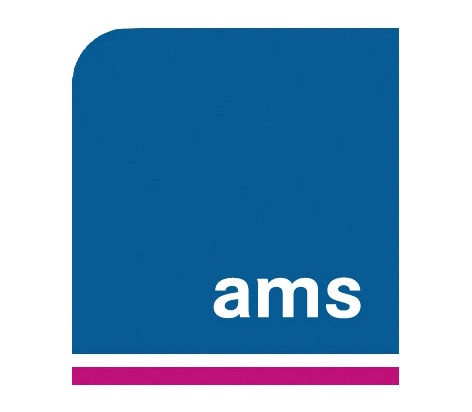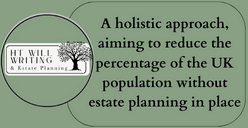What is the marginal rate of tax?#AskAMS
The marginal rate of tax paid is “the percentage of tax paid on earnings for the next pound earned.” What that means is that if you earn £50,000 your marginal rate of tax is 40% because for the next pound that you earn, you will be paying tax at 40%. Below are the HMRC rates for 2020/21 (different rates if you live in Scotland):
Band Taxable income Tax rate
Personal Allowance Up to £12,500 0%
Basic rate £12,501 to £50,000 20%
Higher rate £50,001 to £150,000 40%
Additional rate over £150,000 45%
When your income reaches £100,000 you start to lose your tax-free personal allowance (‘PA’). Your PA is withdrawn at the rate of £1 for every £2 you earn over £100,000. The net effect of that is you are liable for an additional 20% tax on earnings between £100,000 and £125,000. That’s on top of the 40% tax you already owe, making your marginal tax rate on the amount over £100,000, a huge 60%.
If you are entitled to child benefit, that entitlement will also be gradually withdrawn once your income reaches £50,000. The result again is that your marginal rate will increase depending on how many children you have, and your circumstances. It could go up to as much as 64.75%. And that makes a big difference to your tax bill.
Seeking specialist advice may help you mitigate the effects of your marginal tax rate, some examples would be to restructure your income – perhaps using your spouse’s allowances, salary sacrifice, additional pension contributions and charitable donations.
Find out more HERE!






















